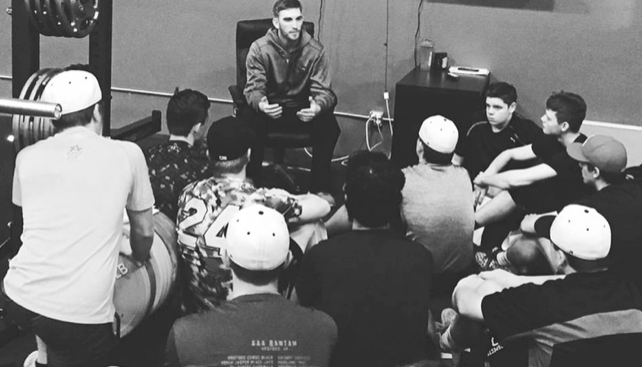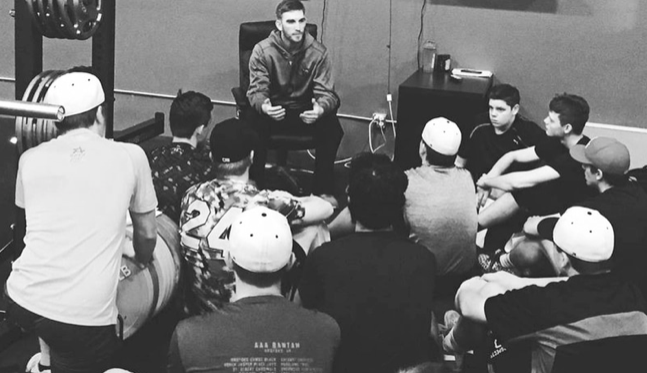7 Principles on The Assessment Process

“Assess, don’t guess.”
The assessment is the crucial first step to optimizing the training of your athletes. Here are seven ideas to help you crush your assessment.
- The Assessment Is Your Opportunity to Build Rapport
The assessment is the first impression. Ask questions and take a genuine interest in the person in front of you. Be engaged, and get to know them!

2. Assessments Should Be Descriptive, Not Prescriptive.
This simply means having an information-gathering approach in the assessment process. Don’t start drawing conclusions until you have a clear view of the entire picture.
3. Understand the Difference Between A Medical Diagnosis and a Movement Diagnosis.
It’s important to understand and appreciate that:
a) Different underlying movement inefficiencies can lead to the same pathology
b) The same underlying movement inefficiencies can lead to a different pathology
In the assessment, we need to identify the underlying movement inefficiencies to:
- Help an athlete return to play/return to perform
- Ensure that the athlete remains asymptomatic (take a preventative, proactive approach)
4. Know When to Utilize A Top-Down vs. Bottoms Up Approach
Top Down: What position do you play? What are your strengths and weaknesses? What would your coach say?
Bottoms Up: Where is the pain/injury? Start there and work outward.
With the vast majority of clients, I use a top-down approach. Start general, and then go down the rabbit-hole if necessary depending on the specific movement demands of the athlete’s sport.
5. Static Posture Matters!
Recently, it’s become more popular for static posture assessments to be cast aside as unimportant. While it’s certainly true that if you only looked at static posture you would draw a lot of false conclusions, it is still very important! It’s the starting point, and while we do want to see if people can get from A to B, we need to know where A is in the first place for them.
6. It Isn’t About Pass or Fail
I don’t like pass/fail movement screens. Why? It assumes all movement is equal. How was the quality of the movement? How did they get from A to B? That is just as important to me.
7. Don’t Be Afraid to Refer Out
Check your ego at the door. Put the athlete first!
In closing, remember that the initial assessment is only the first step. Every training session thereafter is also an assessment. You need to constantly strive to gather more information on each athlete and be open-minded to adapt the training plan as you go based on new findings and evidence.
